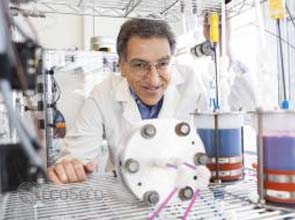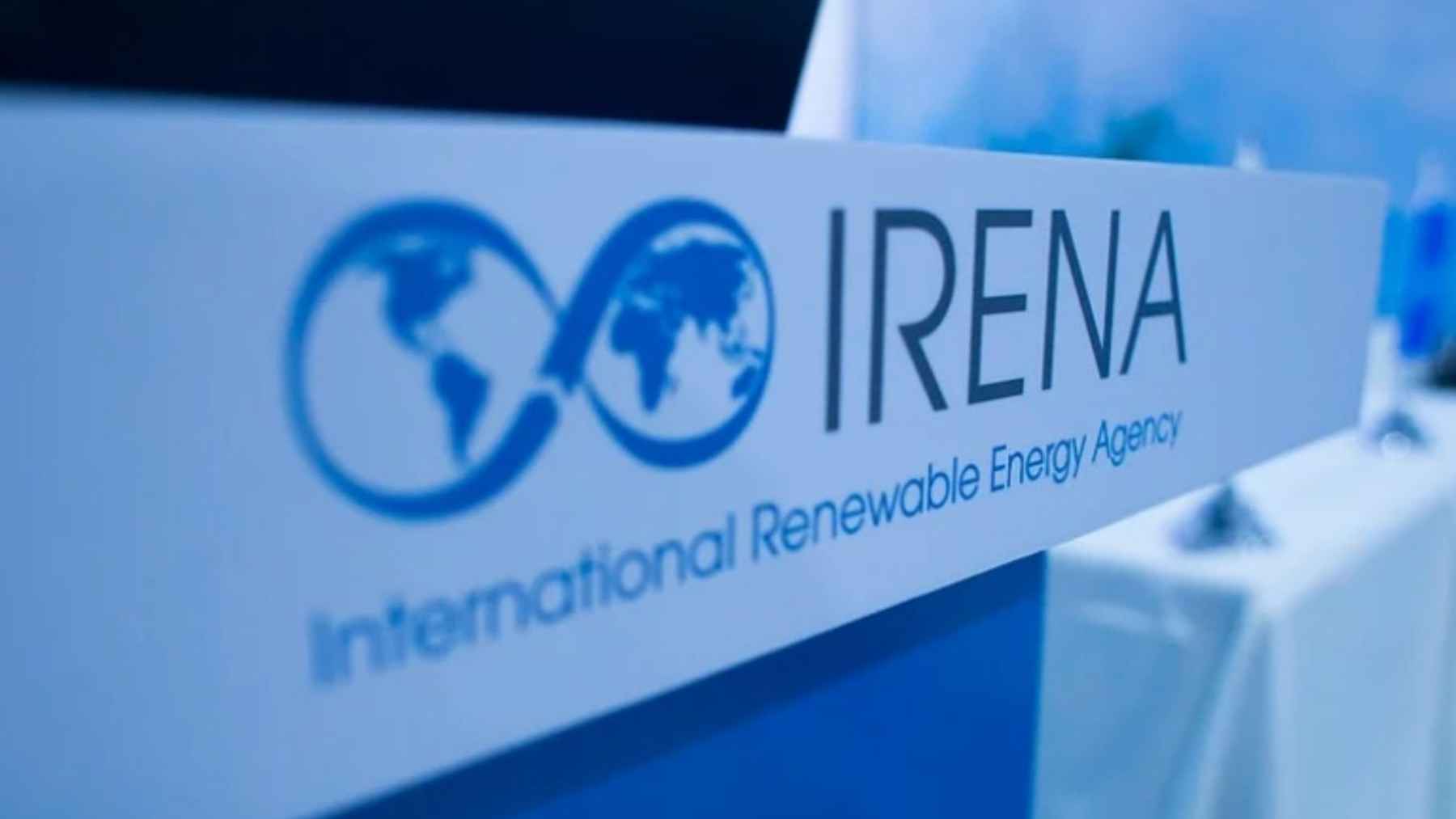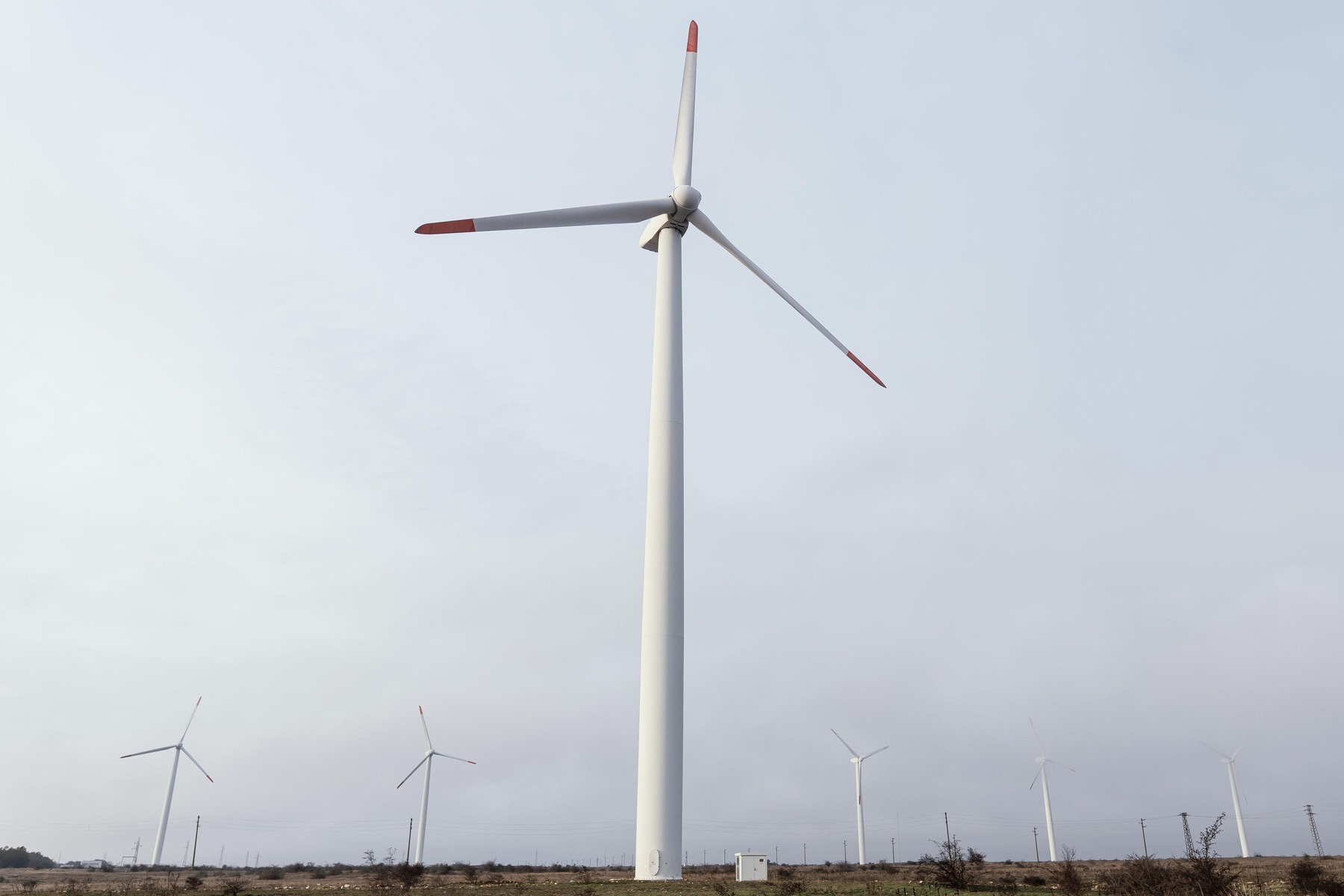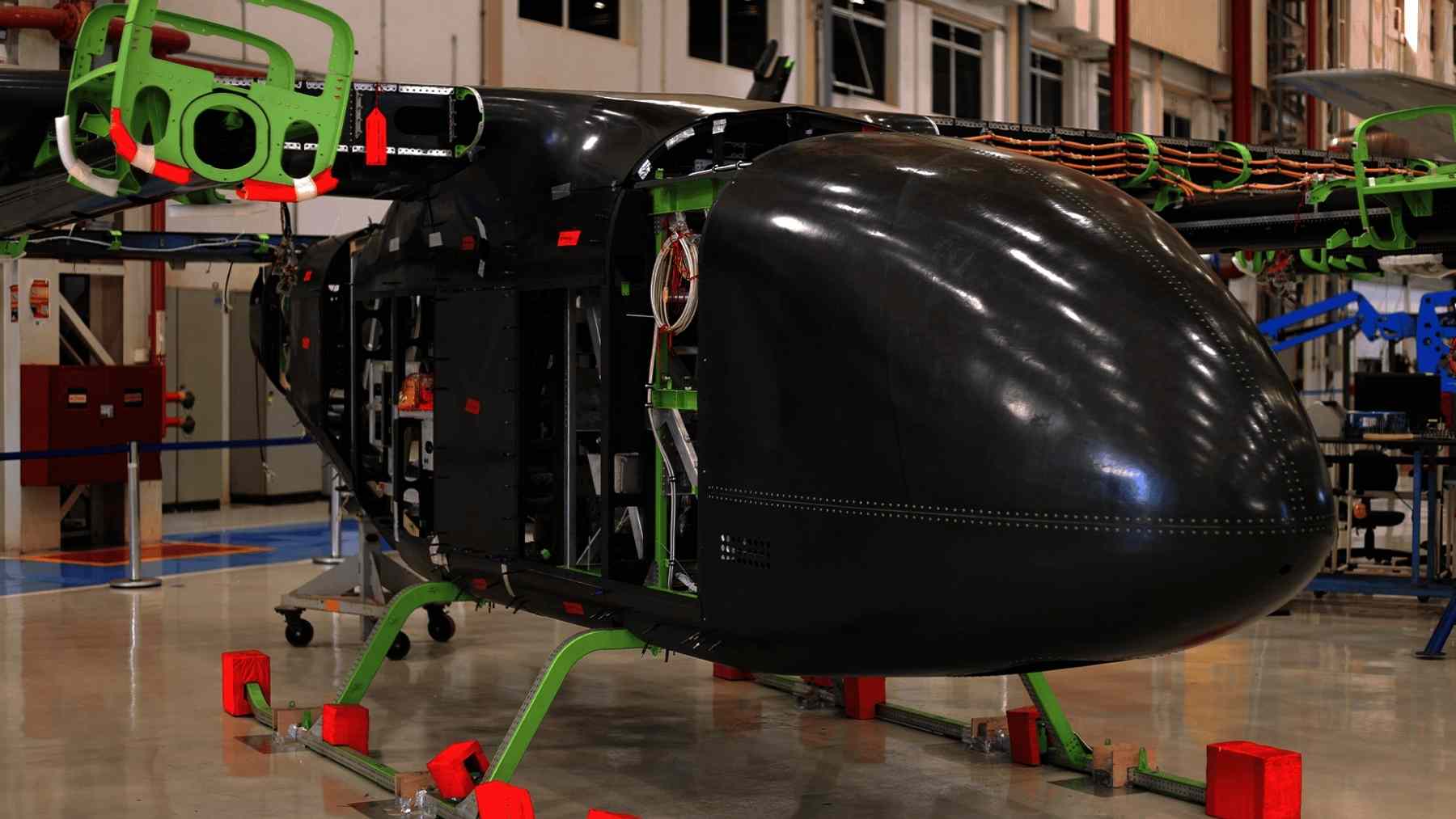One of the biggest problems with incorporating energy from renewable resources into the grid is the mismatch between the times of availability of this power and peak demand hours.
A new battery model developed by a team of Harvard scientist and engineers could provide the answer to the question of how we can use renewable energy for our power needs even when the sun isn’t shining or the wind isn’t blowing.
One of the biggest problems with incorporating energy from renewable resources into the grid is the mismatch between the times of availability of this power and peak demand hours. How can renewable power projects continue to supply power if the source of this power – the sun or the wind – isn’t available?
The answer to this would be a good battery storage system to store energy generated when the wind or sun is strong and make it available to the grid as needed. A cost-effective way of storing large amounts of electrical energy is crucial for power from renewable energy sources to be an economical and reliable option.
Flow batteries store energy in chemical fluids contained in external tanks. These electrolyte fluids flow from tank to tank and – through an electrochemical process – either store or release electricity. The amount of energy the system can store is limited only by the size of the tanks containing the fluids.
While a flow battery might be cumbersome for use with personal gadgets, its considered ideal as an energy storage solution for applications where mobility and size are not necessary a consideration. A utility could use a flow battery to store back-up power.
Most models of flow batteries use metals in their electrolyte fluid. Vanadium is currently in use in the most commercially advanced flow battery technologies, but this is a very expensive substance. Other flow batteries contain precious metal electrocatalysts such as platinum.
The new flow battery developed by the Harvard team performs as well as the vanadium flow batteries but its electrolyte fluid is considerably less costly.
The team from Harvard uses an electrolyte fluid that relies on the electrochemistry of naturally abundant and inexpensive small organic molecules called quinones.
Quinones are abundant in crude oil as well as in green plants. The quinone used in the Harvard flow battery is almost identical to that found in rhubarb.
“The whole world of electricity storage has been using metal ions in various charge states but there is a limited number that you can put into a solution and use to store energy, none of them can economically store massive amounts of renewable energy,” said Roy G. Gordon, Thomas Dudley Cabot Professor of Chemistry and Professor of Materials Science in Harvard.
“With organic molecules, we introduce a vast new set of possibilities. Some of them will be terrible and some will be really good. With these quinones we have the first ones that look really good,” said Mr. Gordon.
Mr. Gordon led the work on the synthesis and chemical screening of the molecules used in the new flow battery.
The battery was designed, built, and tested in the laboratory of Michael J. Aziz, Gene and Tracy Sykes Professor of Materials and Energy Technologies at the Harvard School of Engineering and Applied Sciences.
Aside from Mr. Gordon and Mr. Aziz, the team included Michael Marshak, a post doctoral fellow at S.E.A.S. and in the Department of Chemistry and Chemical Biology and Alan Aspuru-Guzik, professor of chemistry and chemical biology.
Mr. Guzik was responsible for using high-throughput molecular screening methods to calculate the properties of more than 10,000 different quinone molecules in search of the best candidates for the battery.
The researchers believe that their new battery could be used by utilities to store renewable energy. They also believe that it could have applications at the consumer level.
According to Mr. Aziz, the next steps in the project would be to further test and optimize the system to bring it towards a commercial scale.
«So far, we’ve seen no sign of degradation after more than 100 cycles, but commercial applications require thousands of cycles,» he said.
The Harvard team has received funding for the research from the United States Department of Energy’s Advance Research Projects Agency – Energy to develop the battery and plans to work with ARPA-E to catalyze further technological and market breakthroughs over the next several years.
In addition to Mr. Aziz, Mr. Marshak, Mr. Aspuru-Guzik, and Mr. Gordon, the team included Brian Huskinson, a graduate student with Mr. Aziz; research associate Changwon Suh and postdoctoral researcher Süleyman Er in Mr. Aspuru-Guzik’s group; Michael Gerhardt, a graduate student with Mr. Aziz; Cooper Galvin, a Pomona College undergraduate; and Xudong Chen, a postdoctoral fellow in Mr. Gordon’s group. – EcoSeed Staff






















